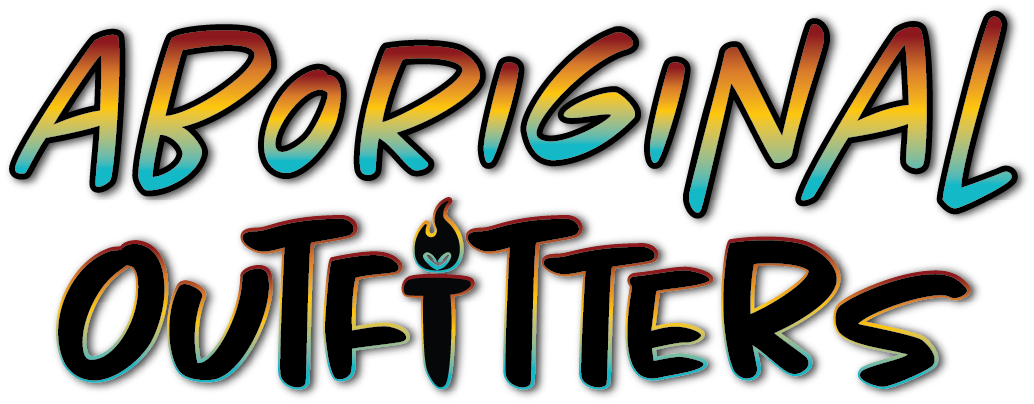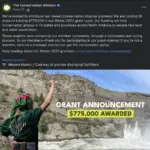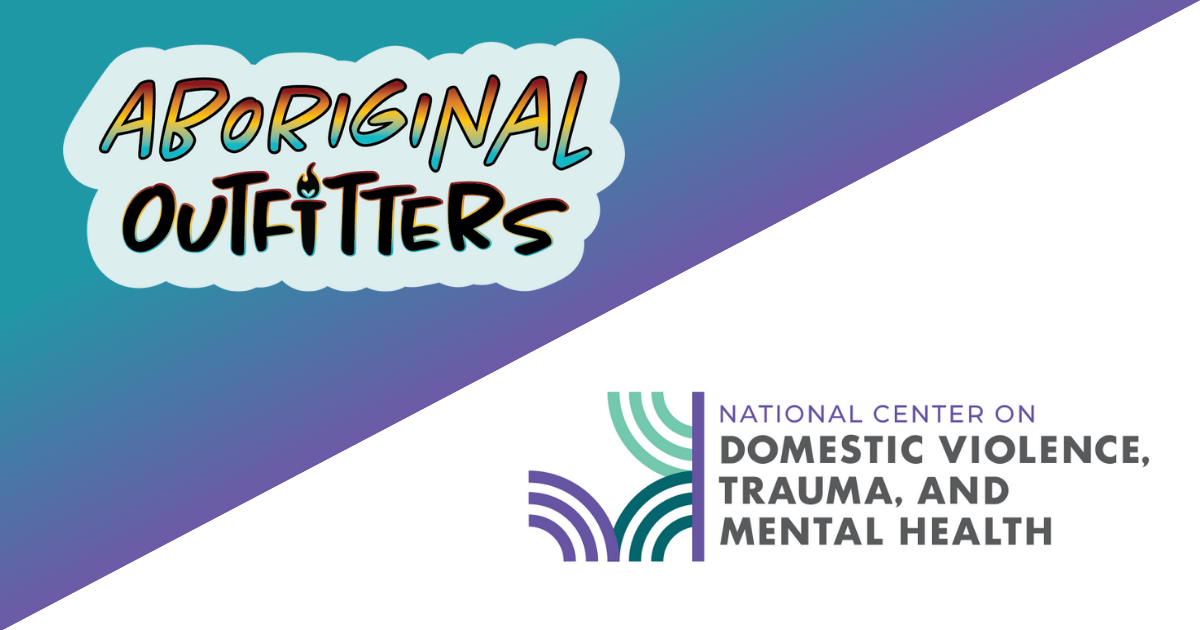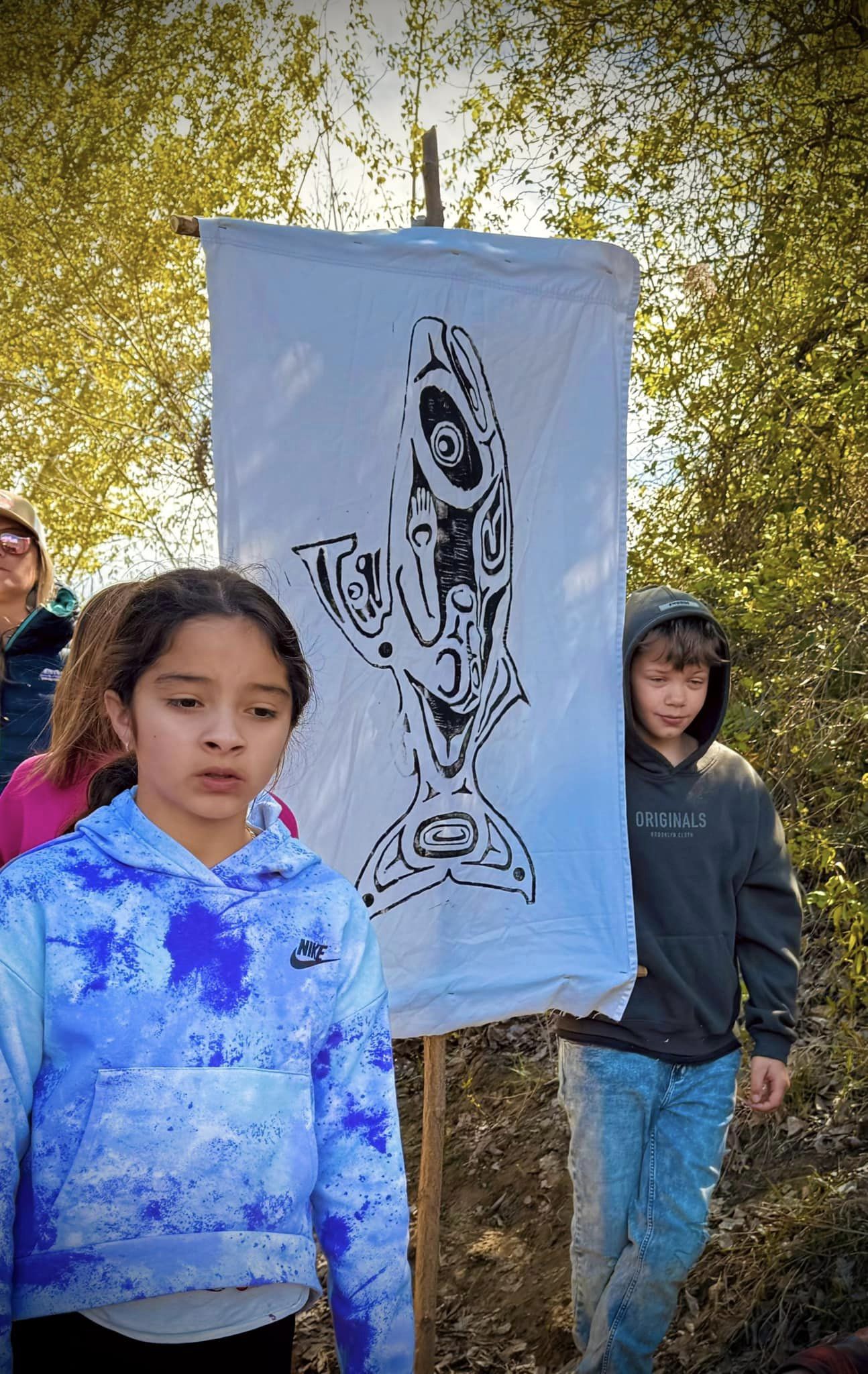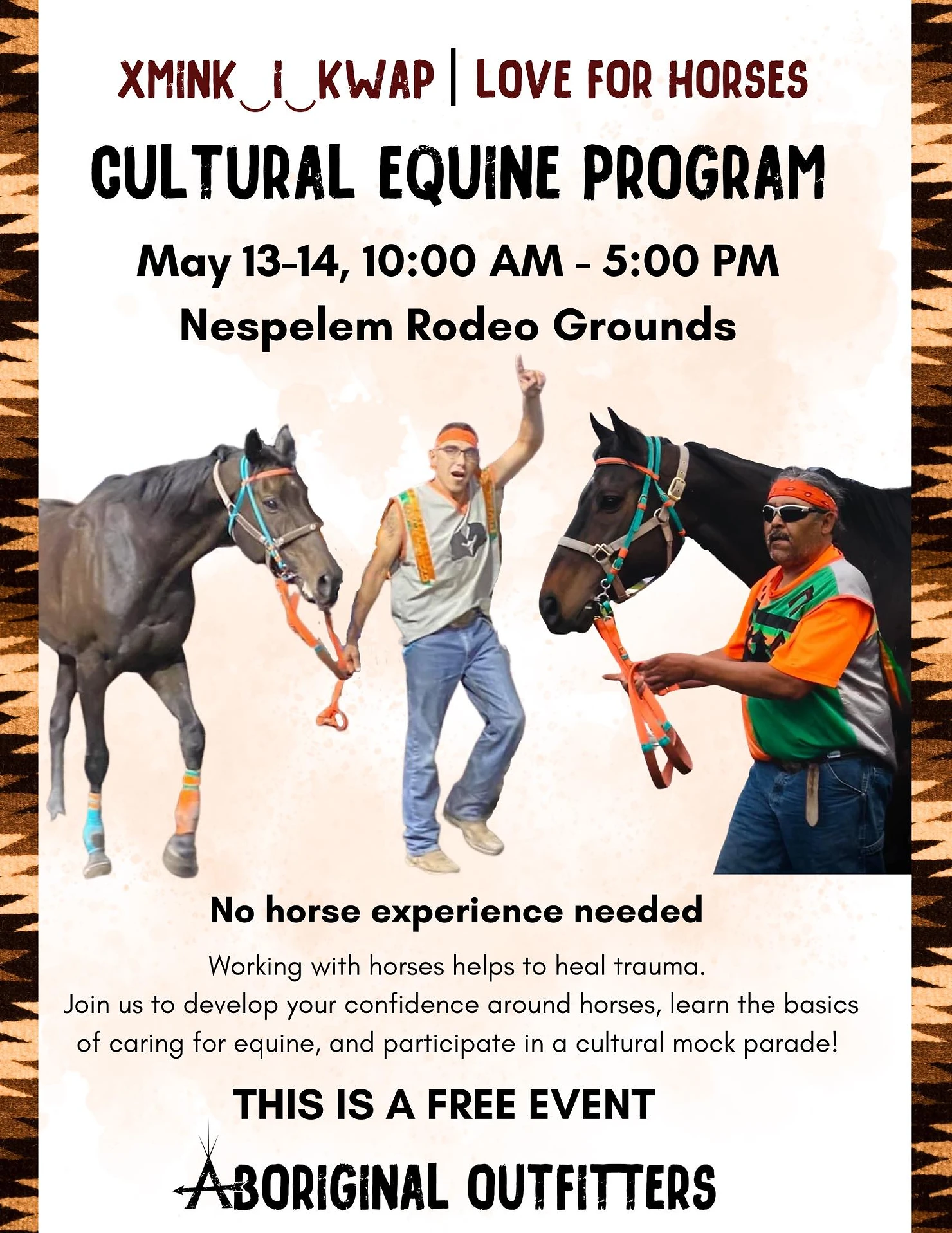.way´ x̆ast sx̆əlx̆ʔalt! Hello, good day!
My name is Emily Olguin-Abrahamson. My Indian name is Northern Light (spaxʷawlx). I am an enrolled member of the Pueblo of Isleta (shur-wip-xʷum), Keepers of the arrowheads. I have made my home on the Colville Indian Reservation for the last 43 years. In 1981, I married George Abrahamson, (deceased), and together we had six children, ten grandchildren, and two great-grandchildren. In 2019, I retired from the Omak School district with thirty-two years of employment. The positions I served are: JOM tutor, Indian Education Advisor, Salish Language Teacher, Extreme Challenge, after school program Teacher, as a Substitute Teacher for all subjects, and Summer School ¨Since Time Immemorial¨ Teacher.
I have immersed myself in the Northern and Southern Okanagan language and traditions, finding seamless and many commonalities to my Tewa upbringing. I am honored to have been accepted into the community to serve the children and the families.
I am currently a board member with a local nonprofit organization called Aboriginal Outfitters. Our mission is to focus on and bring attention to local Indigenous history, culture, language revitalization, community, and the restoration of Indian land. My goal is to be a liaison and a voice to bring an understanding of our mission to organizations, businesses, and communities on and off the reservation, ¨Let us understand one another¨ (t´ɘxʷ mi kʷu nsuxʷnaʔɘəm ɘnwixʷ) .
November is Native American Heritage Month.
It started at the turn of the century as an effort to gain a day of recognition for the significant contributions the First Americans made to the establishment and growth of the United States. It has resulted in a whole month being designated for that purpose. The month is a time to celebrate rich and diverse cultures, traditions, and histories and to acknowledge the significant contributions of Native people.
Heritage Month is also an opportune time to educate the general public about tribes, to raise general awareness about the unique challenges Native people have faced both historically and in the present, and the ways in which tribal citizens have worked to conquer these challenges.
I want to share some facts and information that are general to all Tribes and specific to the Confederated Tribes of the Colville Reservation. (Please visit the official website: colvilletribes.com., for detailed information regarding the Colville Tribes.)
Native American, Native, American Indian, Indian, First Peoples, First Nations, Indigenous, and Aboriginal. These are terms that both Native and non-Native people use to describe the original inhabitants of this Continent and are often used interchangeably. The best term is always what each individual or tribal community uses to describe themselves. Replicate the terminology they use or ask what terms they prefer.
Most Native people prefer to be identified by their specific tribal name. For example, the tribal name for the Southern Okanogan Indians is sənq´ayitkʷ. The name sənqáyitkʷ means ¨water that does not freeze.¨
Understand that being Native means different things to every person. Find out who owns the land you are on and honor it. Native people are aware of the history of how U.S. land was acquired illegally. That is the substance that organizations need to understand as they begin working with Tribal people and entities.
Native American Indian Relation to the Environment: People who see themselves as part of the natural world, not separate from it.
Native American Indian tribes come from cultures that value balance and strive to live in a way that respects and preserves it. When things become unbalanced, sickness, unhappiness, and confusion are the results. From there, it becomes the human responsibility to take steps (including conducting ceremonies) to restore the balance and harmony necessary for the appropriate functioning, not only of humans but also of all things.
Like all people, Native tribes have traditionally obtained food, clothing, tools, transportation, homes, and medicines from the environment in which they have lived. However, because Native tribes are tied philosophically and spiritually to their resources, they treat them with respect. Thus, native tribes express veneration in ceremonies and through the careful management of certain resources.
Before the arrival of Europeans, many Native tribes used their knowledge of the environment in the practice of agriculture. With fire and tools, they cleared trees and brush to make room for fields of corn beans and squashes. Companion-planting the three crops helped rejuvenate the nitrogen in the soil, keep insect infestation down and maintain moisture in the soil.
According to the USDA Forest Service report issued in 2013, Native tribes across North America also cleared vast tracts of land with fire. ¨Native Americans used fire for diverse purposes, ranging from cultivation of plants for food, medicine, and basketry to the extensive modification of landscapes for game management or travel.¨
Presently, many Native tribes continue to feel these traditional connections to the earth. Communities still practice their traditional arts, agriculture, and ceremonies related to the environment. In response to modern challenges, many tribal governments are addressing environmental issues that affect their communities.
The Colville Tribes is one of many that have fought and continue to preserve salmon runs in the rivers of the Northwest. Power generating dams built in the mid-twentieth century severely depleted salmon runs. That encroachment not only interrupted the ancient cultural connection to the salmon but also affected the diet of tribal members, such as epidemics of obesity, heart disease, and early-onset diabetes.
In another example, in the early 1980s, Colville Tribal members rejected an opportunity to open a molybdenum (a metal used to harden steel and dye plastics) mine on their reservation. While the mine would have offered some economic opportunities, it was rejected because of its impact on the reservation environment and traditional culture. Tribal elders, families, and concerned people met with Tribal leaders to voice their concerns on the impact this mine would have on future generations. With perseverance, many prayers were answered!
The boarding school experience has had a prolonged and long-lasting effect on many of the descendants of at least three generations back from our great-great grandparents, great grandparents, and grandparents, who were subjected to this horrific time in our history.
The first government-run boarding school for Native Americans was in Carlisle, Pennsylvania. Carlisle was founded in 1879 by Captain Richard Henry Pratt; whose stated philosophy was: ¨Kill the Indian save the man.¨ Under his administration, the school was set to break spirits, to destroy traditional extended families and cultures, to obliterate memories, and languages, and especially to make the children deny their Indianness inside and out.
During this period, Native people were confined to reservations and not allowed to leave without permission of the government-appointed Indian agent assigned to their reservations. Many parents were coerced into sending their children to these early schools. Many children were kidnapped and sent far away to schools where they were kept for years on end. Children died at the school, died running away from the schools, and they were beaten and worse for speaking their Native languages.
Physical and emotional abuse is well documented in the stories of survivors of boarding schools in the United States and Canada. It is so important to share this information about this time in our history so our community partners understand that Native people are seeking ways to continue to heal from this experience. By having activities, ceremonies and cultural education that includes elders, families and most importantly, the children in celebrating our lives!
Refrain from using terminology and phrases that perpetuate stereotypes. Indian people have been stereotyped and treated disrespectfully for so many centuries, that it is sometimes hard to recognize when they are being demeaned for example, common phrases like ¨Indian princess,¨ ¨Indian giver,¨ and ¨low man on the totem pole,¨ etc. perpetuate stereotypes and imply a monolithic culture. If you are unsure about a phrase, do some research into its origin and think about its meaning and implications. It is critical to remember Indians are living people still carrying on past beliefs and practices in today’s world.
Thank you (limlmt-x) for letting me share this information with you all.
Aboriginal Outfitters strives to make a unique difference in our communities by bringing awareness to the importance of land stewardship and connecting with each other for better outcomes for all.
Please check out our website at aboriginaloutfitters.org to learn more about our projects like the kʷilstən (sweathouse) healing-focused programs; sic cwix (new river), the restoration of the Similkameen River through the removal of Enloe Dam and the upcoming Water Protector program; and k’ʷƛ’ap, the culturally inclusive magazine for the area!
